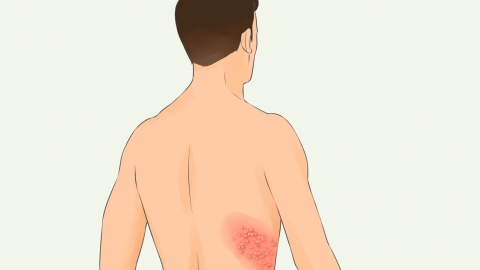What are the symptoms of herpes virus?
In general, herpes virus infections are mostly caused by viruses such as herpes simplex virus and varicella-zoster virus. Common symptoms mainly include skin and mucosal blisters, localized pain and burning sensation, regional lymph node swelling, low-grade fever and fatigue, and secondary skin infections. Detailed analysis is as follows:

1. Skin and mucosal blisters: After infection, symptoms often initially appear on the lips, genitals, trunk, or limbs' skin and mucous membranes. Early signs include scattered or clustered small blisters, which are transparent or milky white with thin blister walls. These blisters are easily ruptured during friction or cleaning, leaving superficial eroded areas.
2. Localized pain and burning sensation: One to two days before the blisters appear or during blister development, the affected skin may experience significant burning sensation and stabbing pain. Some patients may also experience intermittent dull pain.
3. Regional lymph node swelling: During the infection, lymph nodes near the affected area may swell. For example, lip infections may cause neck lymph node swelling, while genital infections may lead to inguinal lymph node swelling. The swollen lymph nodes are relatively firm in texture and tender upon palpation, typically not adhering to surrounding tissues.
4. Low-grade fever and fatigue: Some patients may experience low-grade fever during the early stages of infection, with body temperature mostly maintained between 37.3-38°C, accompanied by mild fatigue and精神不振 (lack of spirit). These symptoms usually last for 2-3 days and do not severely impact normal life.
5. Secondary skin infection: If proper local care is not provided after blister rupture, secondary bacterial infection may occur, leading to increased exudation and worsening redness and swelling at the affected site, potentially even forming superficial ulcers. Secondary infection prolongs wound healing time.
Patients are advised to keep the affected area clean and dry during symptom flare-ups. Gently wipe with warm water and pat dry with a clean towel, avoiding scratching or rubbing the affected area. In daily life, maintain regular作息 (作息 means rest and work schedule) and avoid excessive fatigue. Consuming more fresh fruits and vegetables rich in vitamins can help enhance immunity and reduce the recurrence frequency of infections.





